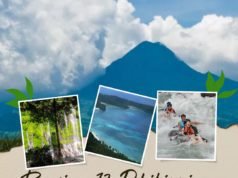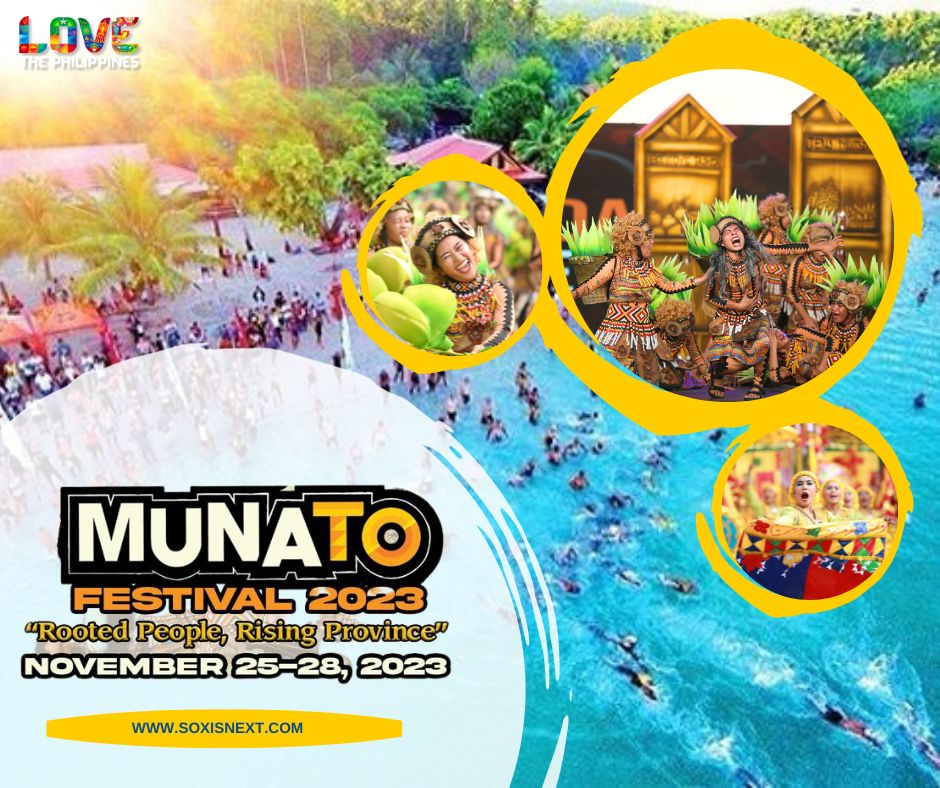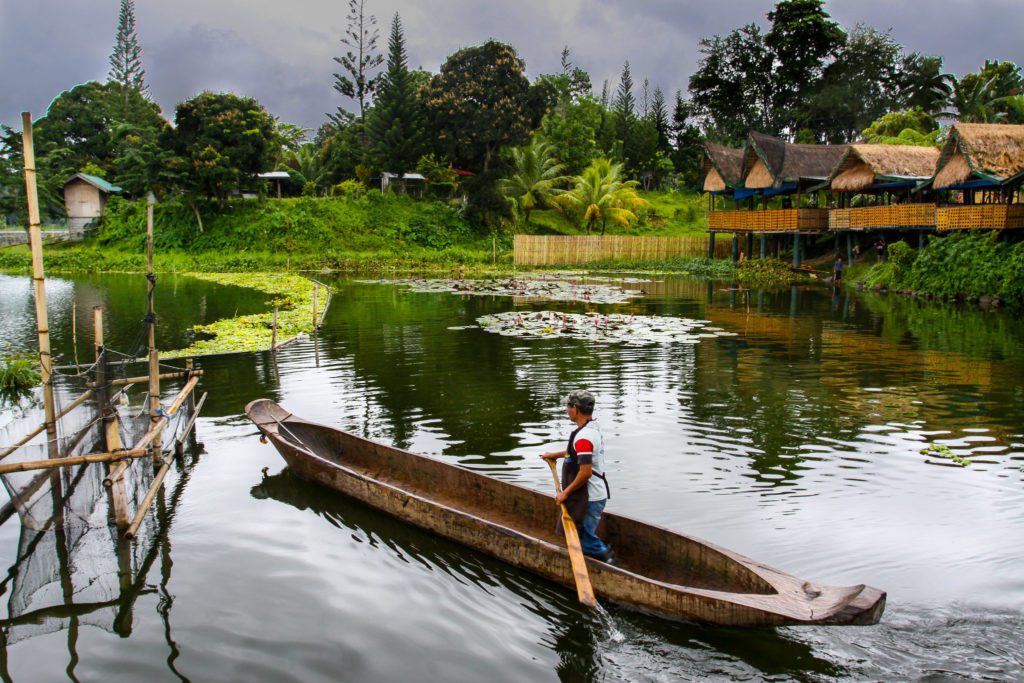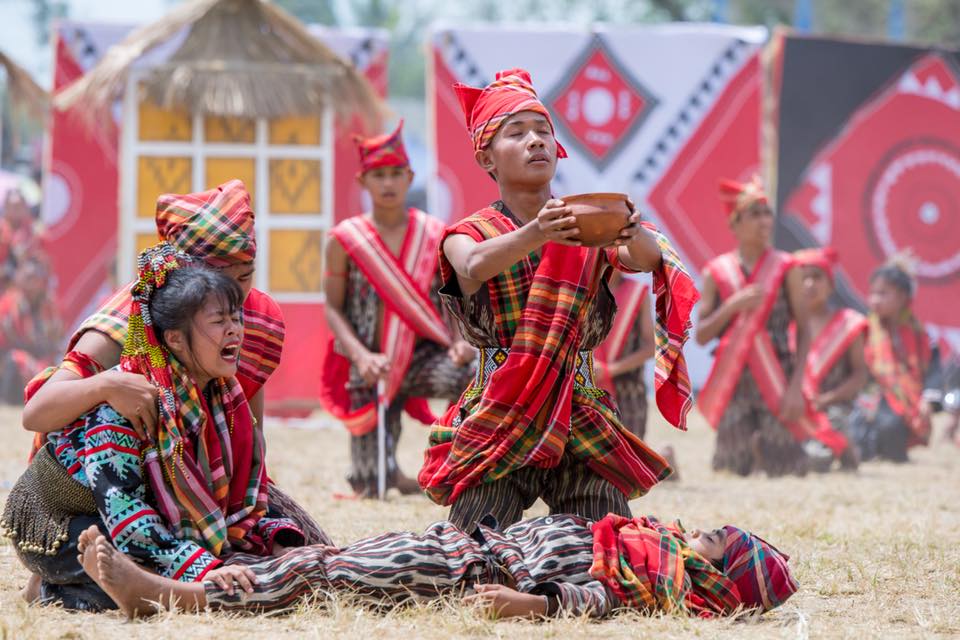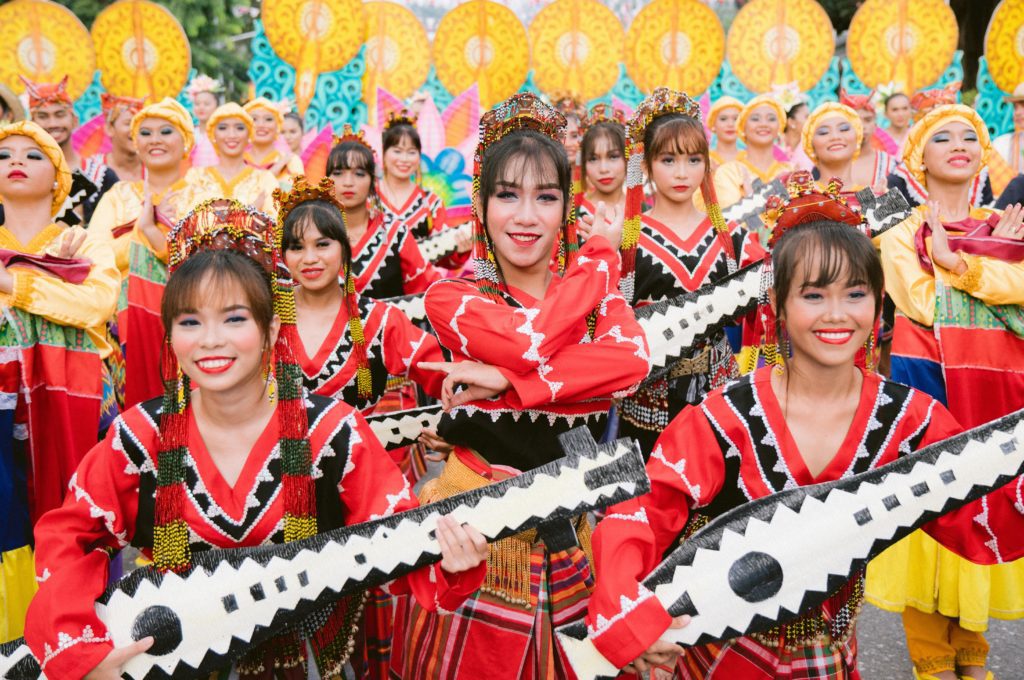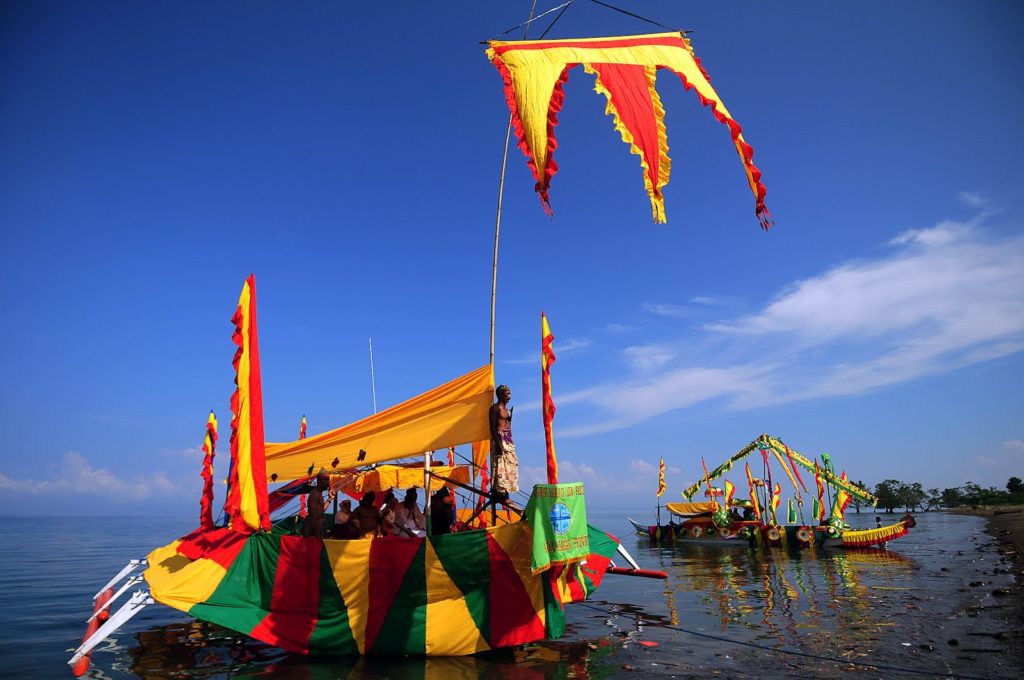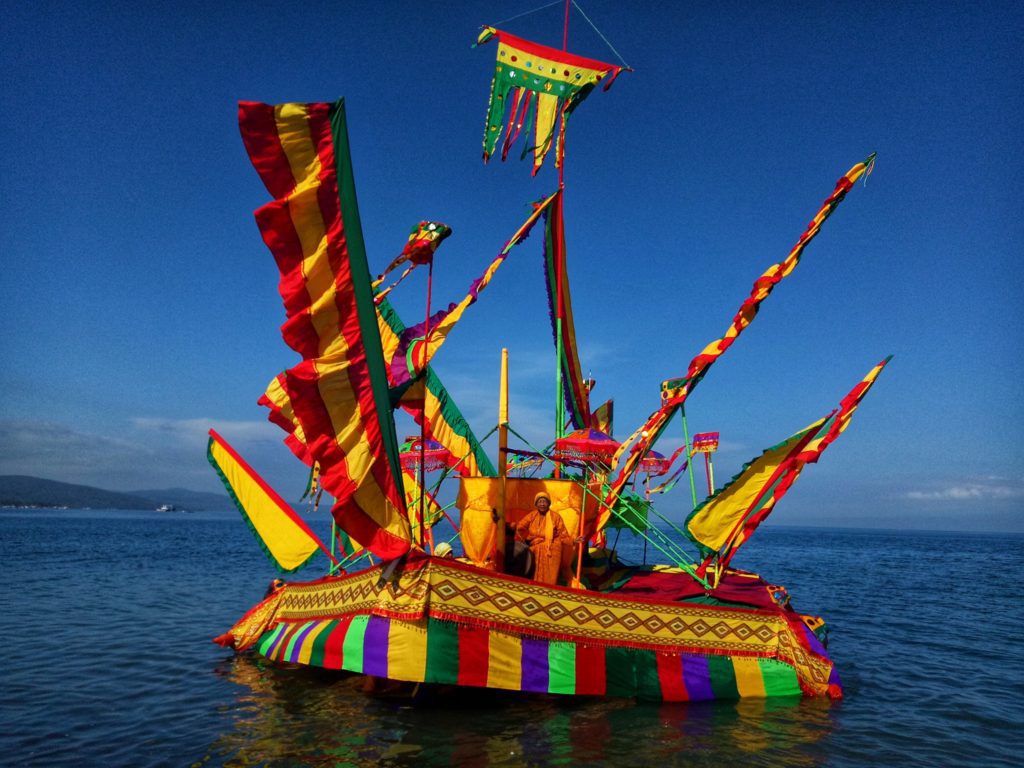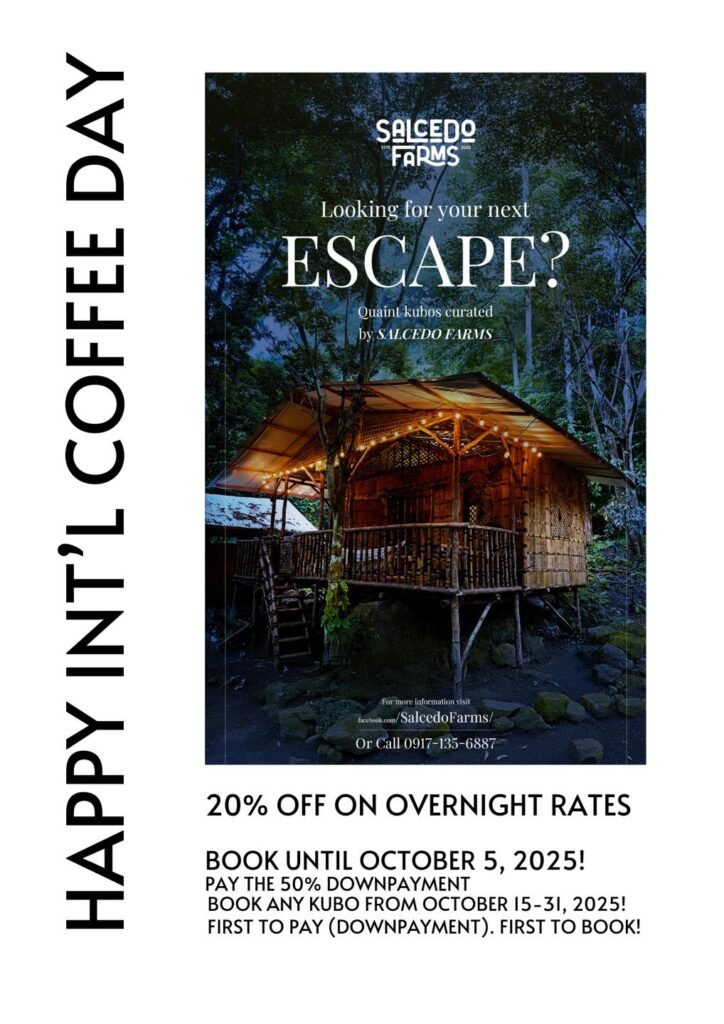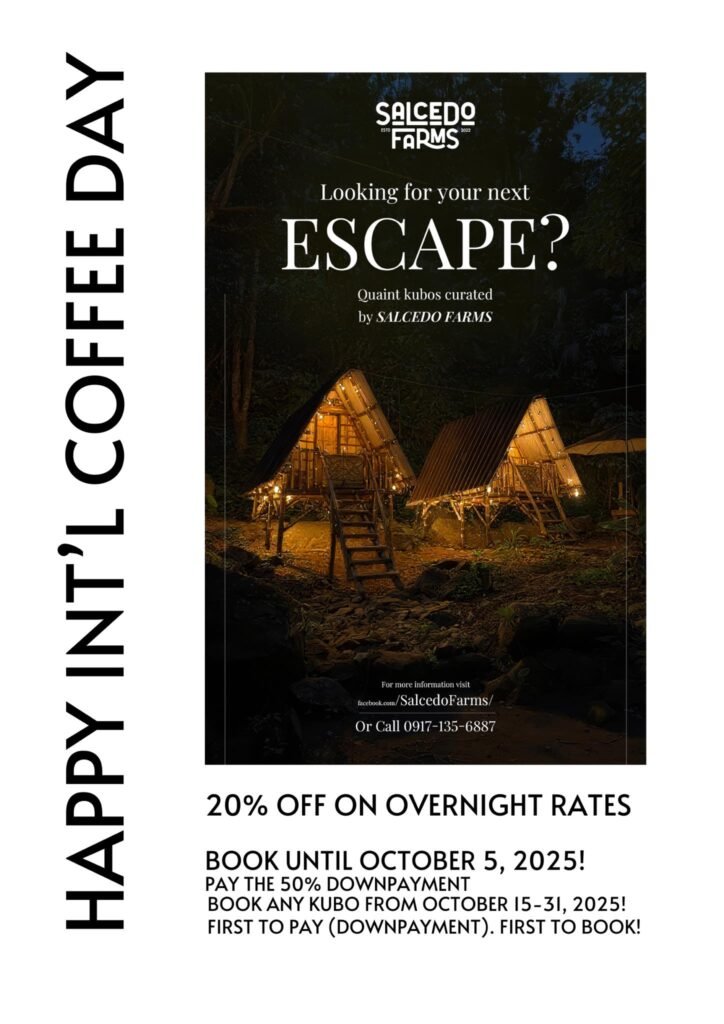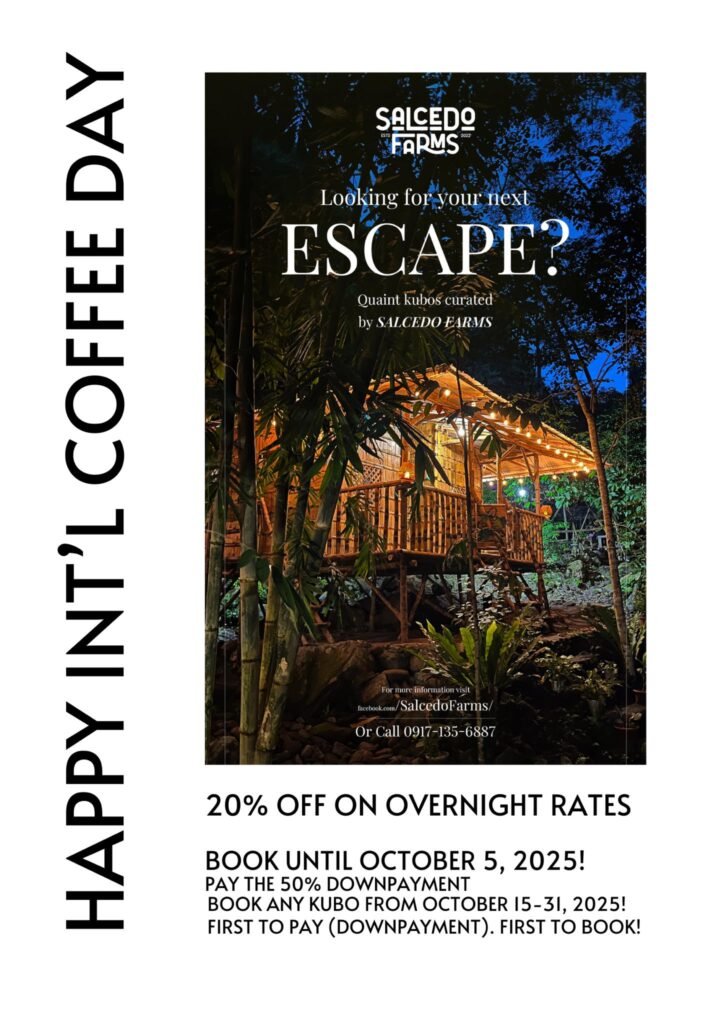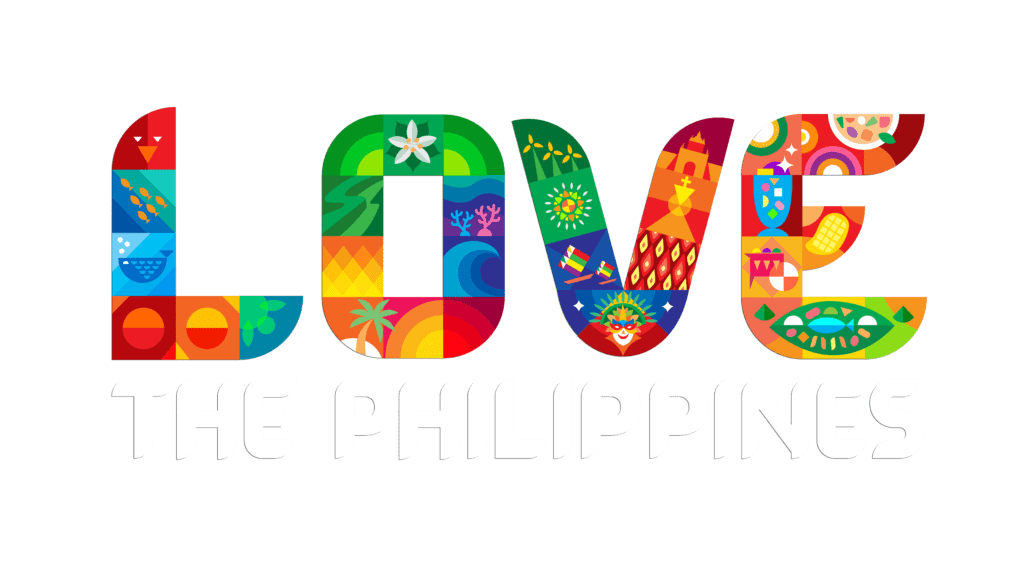Kalimudan Festival 2023: A Vibrant Tapestry of Culture and Unity, Travel Guide
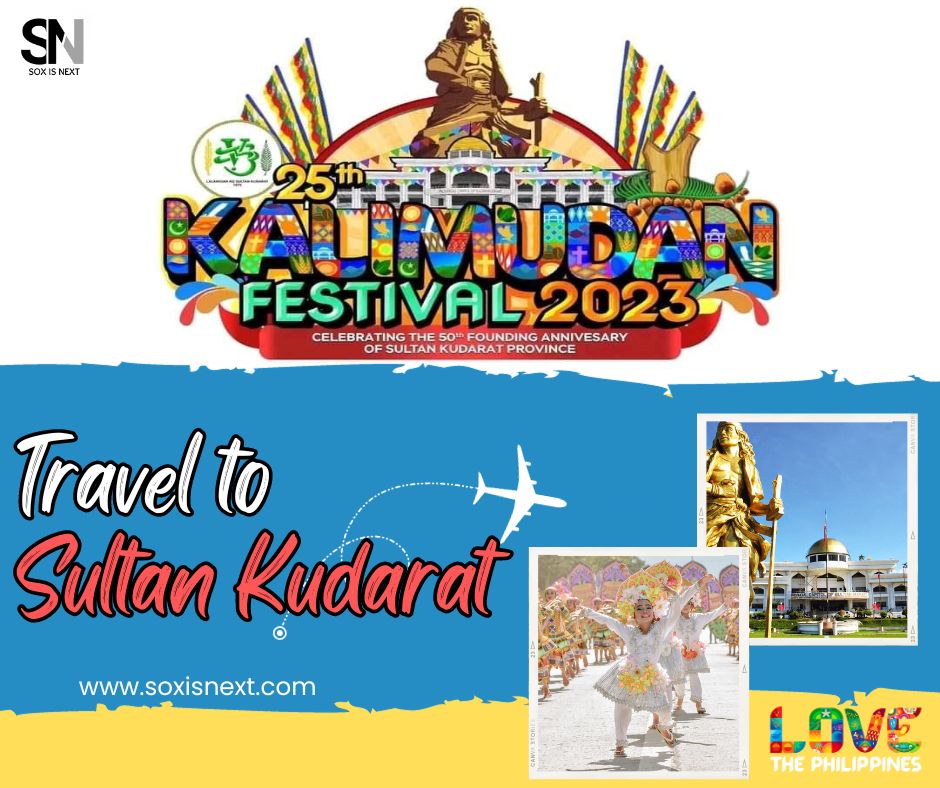
Kalimudan Festival
The Kalimudan Festival stands as a vibrant emblem of cultural diversity and unity in the heart of Sultan Kudarat, Philippines. Celebrated annually around November 22, this festival is not just a local event, but a dynamic expression of the province’s rich tapestry of traditions, customs, and communal bonds. It marks the founding anniversary of Sultan Kudarat, turning the province into a lively tableau of colors, sounds, and cultural vibrancy.
In Sultan Kudarat, a province known for its diverse ethnic makeup and historical depth, the Kalimudan Festival is more than a mere celebration. It is a profound assertion of identity and unity. The festival serves as a bridge between the past and present, weaving together various cultural threads from the numerous indigenous tribes and communities within the province. This annual event not only honors the founding of Sultan Kudarat but also celebrates the enduring spirit and resilience of its people.
The festival’s timing in November coincides with the end of the harvest season, adding a layer of thanksgiving to the celebrations. It’s a time when the entire province, irrespective of diverse backgrounds, comes together to express gratitude for the year’s bounty. This synchronicity with the harvest season underscores the festival’s roots in agricultural tradition and its evolution into a broader cultural phenomenon.
Typically spanning a week or more, the Kalimudan Festival transforms the provincial capital, Isulan, into a bustling hub of activity. The length and scale of the festival reflect its growing importance, not just to the local communities but also as a significant cultural attraction in the Philippines. The extended duration allows for a comprehensive showcase of various cultural elements, from traditional rituals to modern festivities, ensuring that every aspect of Sultan Kudarat’s heritage is given its due spotlight.
Historical Background of the Kalimudan Festival
Origins and Etymology
The Kalimudan Festival, deriving its name from a local term meaning ‘a gathering,’ is deeply ingrained in the historical fabric of Sultan Kudarat. The term reflects the core essence of the festival – a coming together of various cultural and tribal groups. This gathering symbolizes unity, cooperation, and the celebration of a shared heritage.
Evolution Over the Years
Initially, the festival was a modest community event, focusing on local traditions and agricultural successes. However, as Sultan Kudarat evolved, so did the Kalimudan Festival. It transformed from a small-scale local event into a significant cultural showcase. This evolution mirrors the socio-economic growth of the province, highlighting its journey from a primarily agrarian society to a more diverse and vibrant community.
Connection with Sultan Kudarat’s Founding
The festival is intrinsically linked to the founding anniversary of Sultan Kudarat, making it not just a cultural event but also a commemoration of the province’s establishment. This connection adds a historical and political dimension to the festival, celebrating the province’s journey since its inception.
Integration of Cultural Elements
Over time, the Kalimudan Festival has become a melting pot of cultural expressions. It started with primarily showcasing the indigenous culture and rituals of the local tribes. Gradually, it incorporated more diverse elements, reflecting the changing demographics and cultural influences within Sultan Kudarat. This integration demonstrates the festival’s role in bridging traditional and modern aspects of Filipino culture.
Recognition and Preservation
With its growing prominence, the Kalimudan Festival began to attract attention beyond the provincial borders. Recognized for its cultural significance, the festival has become a focal point for efforts to preserve and promote the rich heritage of Sultan Kudarat. These efforts ensure that traditional practices, costumes, music, and dance are not only showcased during the festival but also preserved for future generations.
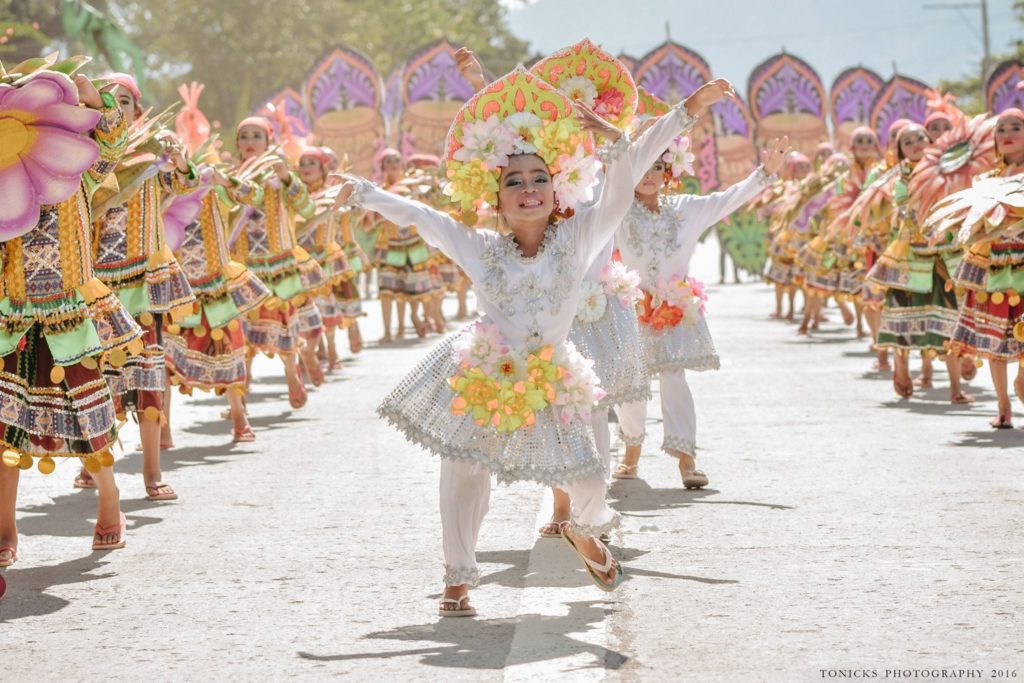
Cultural Significance of the Kalimudan Festival
Embodiment of Cultural Diversity
At its core, the Kalimudan Festival is a celebration of the rich cultural mosaic of Sultan Kudarat. The province is home to various indigenous groups, each with its unique customs, languages, and traditions. The festival serves as a vibrant canvas, showcasing this diversity through music, dance, costumes, and rituals. It is a living exhibition, displaying the cultural wealth and heritage of the region, making it a crucial event for cultural preservation and education.
Symbol of Unity Among Tribes
The significance of Kalimudan extends beyond mere cultural display; it acts as a unifying force among the different tribes and communities within Sultan Kudarat. In a world where differences often lead to division, Kalimudan stands as a testament to the strength of unity in diversity. It fosters a sense of belonging and communal pride, bridging gaps and building connections among various ethnic groups, reinforcing the idea that despite their diverse backgrounds, they all share a common identity as residents of Sultan Kudarat.
Preservation of Indigenous Culture
As modernization continues to influence traditional lifestyles, the Kalimudan Festival plays an essential role in preserving indigenous cultures. It provides a platform for the younger generation to learn about and engage with their ancestral heritage. This aspect of the festival is critical in an age where many indigenous practices are at risk of being forgotten or overshadowed by global cultural trends.
Reflection of Societal Changes and Adaptability
The evolution of the Kalimudan Festival also mirrors the changes and adaptability of the society in Sultan Kudarat. The incorporation of contemporary elements into the festival, alongside traditional rituals, shows how the community respects its past while embracing the future. This adaptability is key to keeping the festival relevant and vibrant, ensuring it continues to resonate with younger generations.
Contribution to National Identity
On a larger scale, the Kalimudan Festival contributes significantly to the national identity of the Philippines. It highlights the unique cultural aspects of Sultan Kudarat, adding to the rich tapestry of Filipino culture. The festival serves as a reminder of the Philippines’ diverse cultural heritage, promoting understanding and appreciation at a national level.
Festival Activities of the Kalimudan Festival
Traditional Events and Rituals
- Indigenous Peoples’ Day: This day is dedicated to celebrating the history, culture, and traditions of the indigenous tribes of Sultan Kudarat. Activities include traditional ceremonies, storytelling, and displays of tribal customs, offering a glimpse into the rich ancestral heritage of the province.
- Drum and Bell Competitions: These competitions showcase the musical talents of the locals, featuring traditional instruments like drums and bells. These instruments hold significant cultural value and are often used in ceremonial contexts. The competitions are not just about entertainment but also about preserving and passing on musical traditions to future generations.
Contemporary Additions
- Street Dancing: A highlight of the festival, street dancing is a colorful and energetic display of choreography, often inspired by local myths and stories. Participants, adorned in vibrant costumes, dance to the rhythm of indigenous music, creating a lively and engaging spectacle.
- Agricultural Fair: Reflecting the province’s agrarian roots, the fair showcases local produce, handicrafts, and agricultural innovations. It’s an opportunity for local farmers and artisans to display their products and skills, highlighting the importance of agriculture in Sultan Kudarat’s economy and culture.
- Sports Events: These events bring a modern and competitive edge to the festival. They include traditional sports that have been played in the region for generations, as well as contemporary sports, fostering sportsmanship and community spirit among participants and spectators alike.
Cultural Exhibitions and Workshops
These include exhibitions of local art, crafts, and historical artifacts. Workshops are often conducted to teach traditional crafts, cooking, and even language lessons, offering an immersive experience for visitors and locals to learn more about the culture of Sultan Kudarat.
Culinary Showcase
A festival is incomplete without a celebration of local cuisine. The Kalimudan Festival features a vast array of traditional Filipino dishes, with a focus on local specialties. Food stalls and cooking competitions become a hub for gastronomic delight, allowing visitors to indulge in the rich and diverse flavors of Sultan Kudarat.
Community Participation and Interaction
The festival actively involves local communities, schools, and various groups, encouraging participation in parades, contests, and community service activities. This aspect fosters a strong sense of community and allows for a more inclusive and comprehensive cultural showcase.
Impact of the Kalimudan Festival on the Community
Economic Benefits
- Boost to Local Economy: The influx of tourists during the festival significantly boosts the local economy. Hotels, restaurants, and shops experience increased patronage, providing a substantial revenue stream for local businesses.
- Opportunities for Local Entrepreneurs: The festival provides a platform for local artisans, farmers, and entrepreneurs to showcase and sell their products. This exposure not only boosts sales but also helps in preserving traditional crafts and agricultural practices.
- Job Creation: The festival’s preparation and execution create temporary job opportunities in various sectors, including hospitality, transportation, and event management. This employment boost, although seasonal, is crucial for many local families.
Social and Cultural Impacts
- Cultural Pride and Identity: The Kalimudan Festival plays a vital role in fostering a sense of pride and identity among the residents of Sultan Kudarat. It allows them to celebrate their heritage and showcases the cultural richness of the province to a broader audience.
- Community Cohesion: By bringing together people from various backgrounds and tribes, the festival promotes social cohesion and mutual respect. It’s a time when differences are set aside, and the focus is on celebrating the shared culture and history of the province.
- Youth Engagement and Preservation of Traditions: The festival engages the youth in traditional practices, ensuring that these customs are passed down to future generations. This engagement is crucial for the preservation of cultural heritage in an increasingly globalized world.
Tourism and International Recognition
- Attracting Tourists: The Kalimudan Festival has become a significant tourist attraction, drawing visitors both from other parts of the Philippines and abroad. This influx of tourists aids in the promotion of Sultan Kudarat as a cultural destination.
- Cultural Exchange: The presence of international visitors and participants facilitates cultural exchange, enhancing the global understanding and appreciation of the unique cultural heritage of Sultan Kudarat.
Environmental Awareness
The festival also emphasizes environmental conservation, with activities and themes often highlighting the importance of protecting natural resources. This aspect educates both locals and visitors about the significance of environmental stewardship.
Challenges and Future Directions of the Kalimudan Festival
Addressing Modern Challenges
- Balancing Tradition and Modernity: One of the primary challenges for the Kalimudan Festival is maintaining the authenticity of traditional customs while integrating contemporary elements. This balance is crucial to keep the festival relevant and appealing to younger generations without diluting its cultural essence.
- Sustainable Tourism Management: As the festival gains popularity, managing the influx of tourists sustainably becomes a challenge. Ensuring that tourism does not negatively impact the local environment and culture is essential for the long-term success of the festival.
- Infrastructure and Resource Allocation: With growing attendance, there is an increasing need for better infrastructure and resources. Addressing issues like crowd management, sanitation, and public safety is crucial for the smooth running of the event.
Maintaining Cultural Authenticity
- Involving Elders and Cultural Experts: To preserve authenticity, it’s vital to involve elders and cultural experts in the planning and execution of the festival. Their knowledge and guidance can ensure that traditional practices are accurately represented and respected.
- Documentation and Education: Documenting cultural practices, rituals, and histories associated with the festival can help in preserving them. Educational programs can also be introduced to teach the younger generation about the significance of these traditions.
Future Growth and Development
- Expanding International Outreach: The festival has the potential to attract more international visitors. Developing marketing strategies and collaborations can help in promoting the Kalimudan Festival on a global stage.
- Community-Centric Approach: Future growth should focus on benefiting the local community. This approach includes involving local businesses in festival planning, providing platforms for local artisans, and ensuring that the community reaps the economic benefits.
- Environmental Sustainability: With environmental concerns becoming increasingly important, integrating sustainable practices into the festival’s planning and execution is vital. This includes waste management, use of eco-friendly materials, and promoting environmental awareness through festival themes and activities.
Long-Term Vision and Planning
The festival’s organizing committee could develop a long-term vision and strategic plan to guide the festival’s growth. This plan should include goals for cultural preservation, community development, and environmental sustainability, ensuring that the festival remains a source of pride and cultural significance for years to come.
Travel Guide for the Kalimudan Festival
Preparing for Your Visit
- Timing: Plan your visit to coincide with the festival, usually held around November 22. Check the exact dates as they may vary slightly each year.
- Accommodation: Book your accommodation well in advance, as hotels in Isulan and nearby areas tend to fill up quickly during the festival. Consider staying in local guesthouses or homestays for a more authentic experience.
- Transportation: Look into transportation options to Sultan Kudarat. Isulan, the provincial capital, can be reached by bus, car, or plane (to the nearest airport and then a car or bus journey to Isulan). Research local transportation for getting around during your stay.
What to Expect
- Cultural Events: Be prepared for a variety of cultural events including street dancing, drum and bell competitions, and traditional rituals.
- Crowds: The festival is popular and can attract large crowds, so be prepared for busy streets and venues.
- Local Cuisine: Don’t miss the chance to try local delicacies at the festival. Street food and local restaurants will offer a range of options.
Tips for Enjoying the Festival
- Dress Appropriately: Wear comfortable clothing and shoes suitable for walking. Be respectful of local customs and dress codes, especially when attending traditional events.
- Stay Hydrated and Protected: The weather can be hot and sunny, so carry water, sunscreen, and a hat.
- Respect Local Customs: Be respectful of local traditions and customs. Always ask for permission before taking photos of people or cultural events.
Safety and Etiquette
- Safety Precautions: Keep your belongings secure, be aware of your surroundings, and follow any safety instructions provided by festival organizers.
- Cultural Sensitivity: Be sensitive to the local culture. This includes being polite, not intruding on ceremonies or rituals, and adhering to local norms.
Exploring Beyond the Festival
- Local Attractions: Take time to explore other attractions in Sultan Kudarat, such as natural parks, historical sites, and local markets.
- Community Engagement: If possible, engage with local community initiatives or eco-tourism activities that might be organized around the festival.
Kalimudan Festival 2023 Calendar of Activities
| Date | Event | Location | Time |
| Nov 16-22 | Coffee Congress | Culture & Arts Pavilion Stage | TBD |
| Nov 17-19 | Inter-Municipality Basketball Championship | SK Capitol Gymnasium | 6:00 PM |
| Nov 17 | Kalimudan Festival Grand Thematic Parade | Kalimudan Main Stage | 2:00 PM |
| Nov 17 | Band & Celebrity Artists Concert | Kalimudan Main Stage | 6:00 PM |
| Nov 17 | Sining, Musika at Kultura | Kalimudan Main Stage | 6:00 PM |
| Nov 18 | Kalimudan Festival Business & Jobs Fair | Kalimudan Main Stage | 8:00 AM |
| Nov 18 | United We Run & Dance | Kalimudan Main Stage | 2:00 PM |
| Nov 18 | Miss Sultan Kudarat 2023: The Pre-Pageant Night | Kalimudan Main Stage | 6:00 PM |
| Nov 18 | Haraya Night 1 | Kalimudan Main Stage | 6:00 PM |
| Nov 18 | Indigenous People’s Day | Culture & Arts Pavilion | All Day |
| Nov 19 | PAGCOR Night | SK Capitol Gymnasium | 6:00 PM |
| Nov 19 | The Governor’s Night | Kalimudan Main Stage | 6:00 PM |
| Nov 19 | Rescue Day (SIMEX) | Kalimudan Main Stage | 8:00 AM |
| Nov 20 | SPLA Summit | Culture & Arts Pavilion | All Day |
| Nov 21 | Miss Sultan Kudarat 2023: The Pageant Finals & Coronation Night | SK Capitol Gymnasium | 6:00 PM |
| Nov 21 | Local Band Concerts | Kalimudan Main Stage | 6:00 PM |
| Nov 21 | Anniversary Mass | SK Capitol Gymnasium | 7:00 AM |
| Nov 22 | Kalimudan Festival Closing Program & Awarding Ceremony | Kalimudan Main Stage | 9:00 PM |
| Nov 22 | Haraya Finale | Kalimudan Main Stage | 8:00 PM |
| Nov 22 | SIDAK 2023: The Shining Night of Excellence | Kalimudan Main Stage | 6:00 PM |
Continuing Events:
- Fiesta Carnival at SK Capitol Ground
- Various sports events including an inter-municipality basketball league and a golf tournament
- Cultural events such as a photo competition and the “SiningSikat” Kalimudan Arts Pavilion
Festival Week Events:
- The grand thematic parade on November 17, starting at 2:00 PM
- Opening salvo and grand fireworks musical on the same day at 6:00 PM
- Concerts featuring bands and celebrity artists on November 17
- Business and jobs fair on November 18
- “United We Run & Dance” color fun run and Zumba marathon on November 18
- Pageant nights including Miss Sultan Kudarat pre-pageant and coronation night on November 21
Special Highlights:
- Governor’s night featuring a cultural and musical show on November 19
- Rescue Day and Mountain Bike Enduro Challenge
- Street dancing competition and closing program with awarding ceremony on November 22
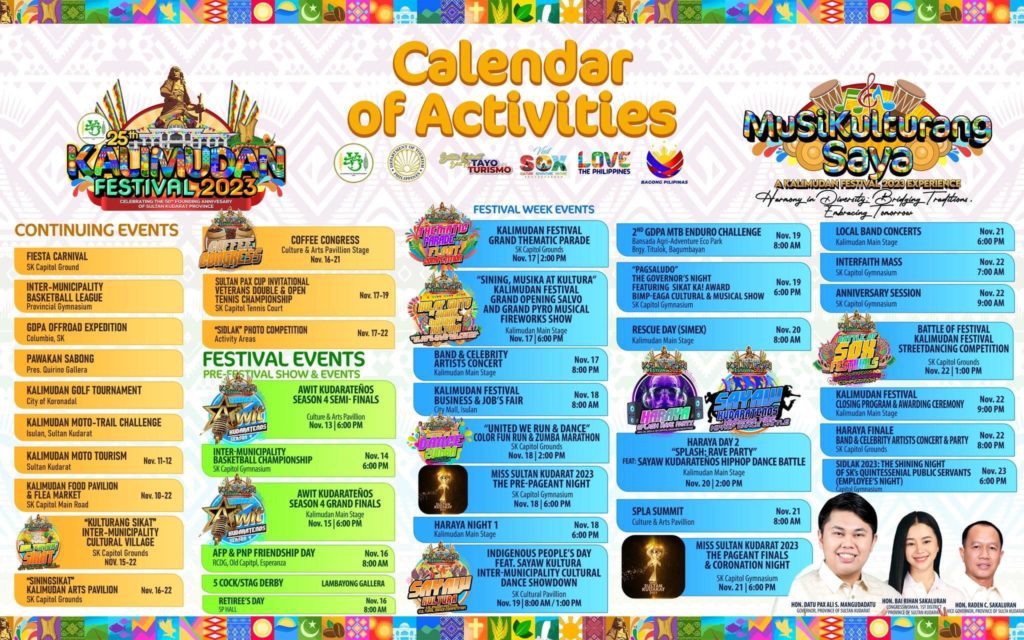
The image also features specific times and locations for each event, providing a detailed guide for attendees to plan their visit to the festival. Remember, the events are likely to be spread out throughout the province, with the main stage hosting a significant portion of the entertainment.
If you plan on attending, it’s advisable to check the local weather forecast, wear comfortable attire, and be prepared for a full schedule of vibrant cultural displays, community events, and festive gatherings. This schedule promises a rich and immersive experience for all who join in the festivities of the Kalimudan Festival.
This detailed schedule provides visitors with a clear overview of the planned events, locations, and timings for the Kalimudan Festival 2023. Participants can plan their visit accordingly to ensure they don’t miss out on any of the exciting activities and celebrations.



